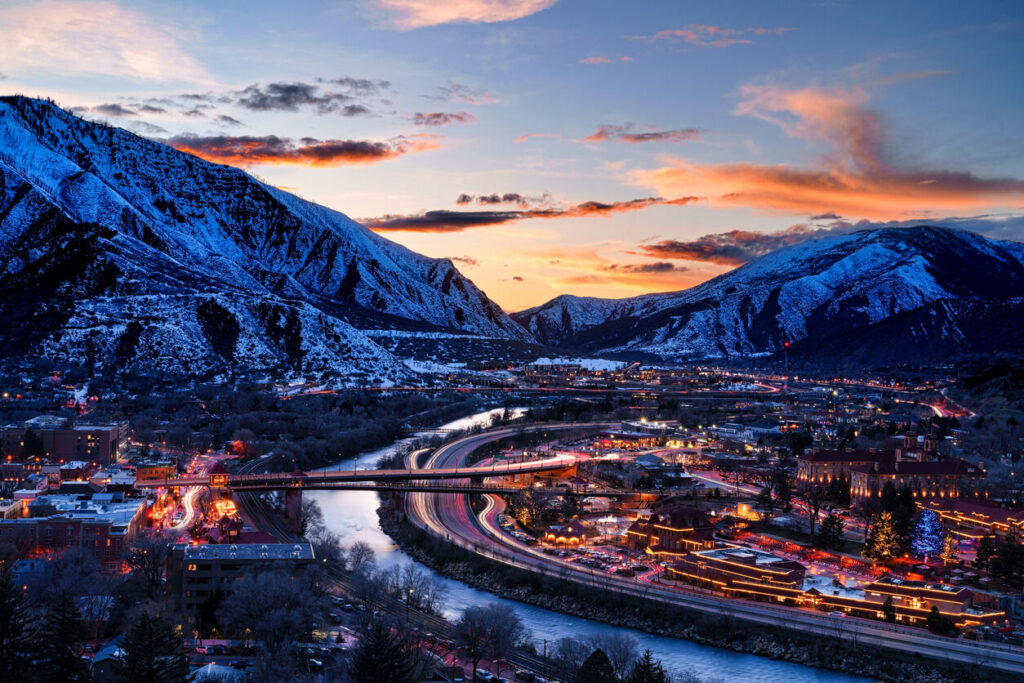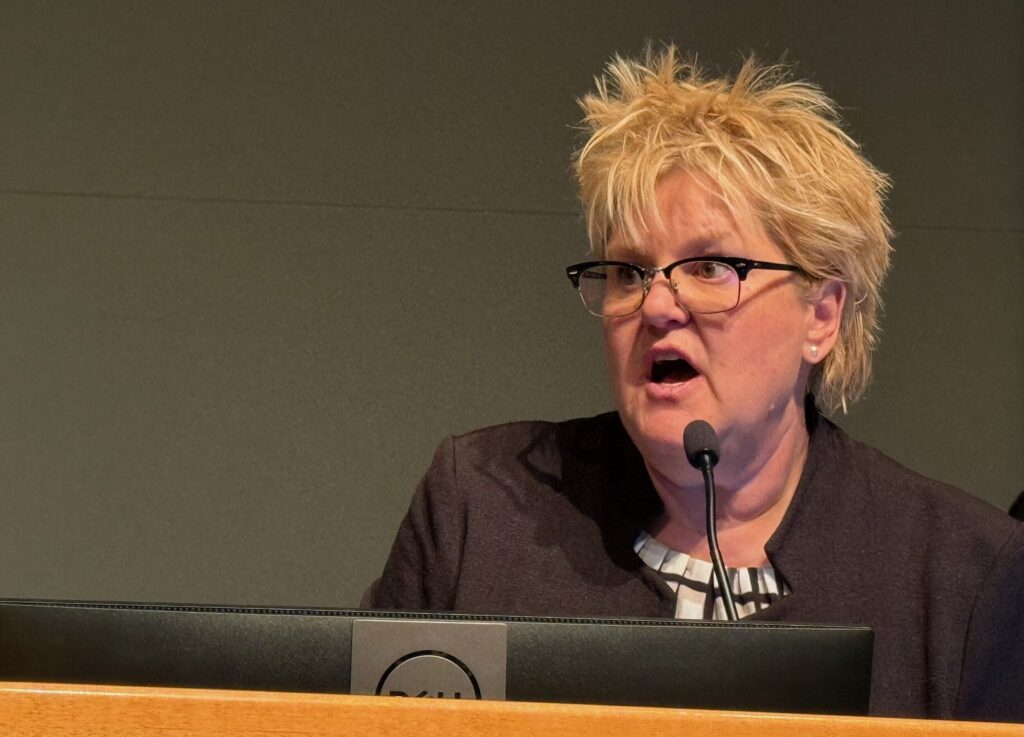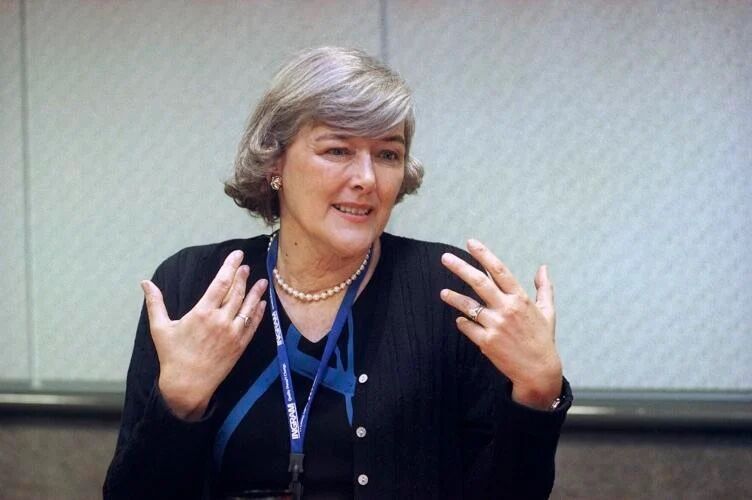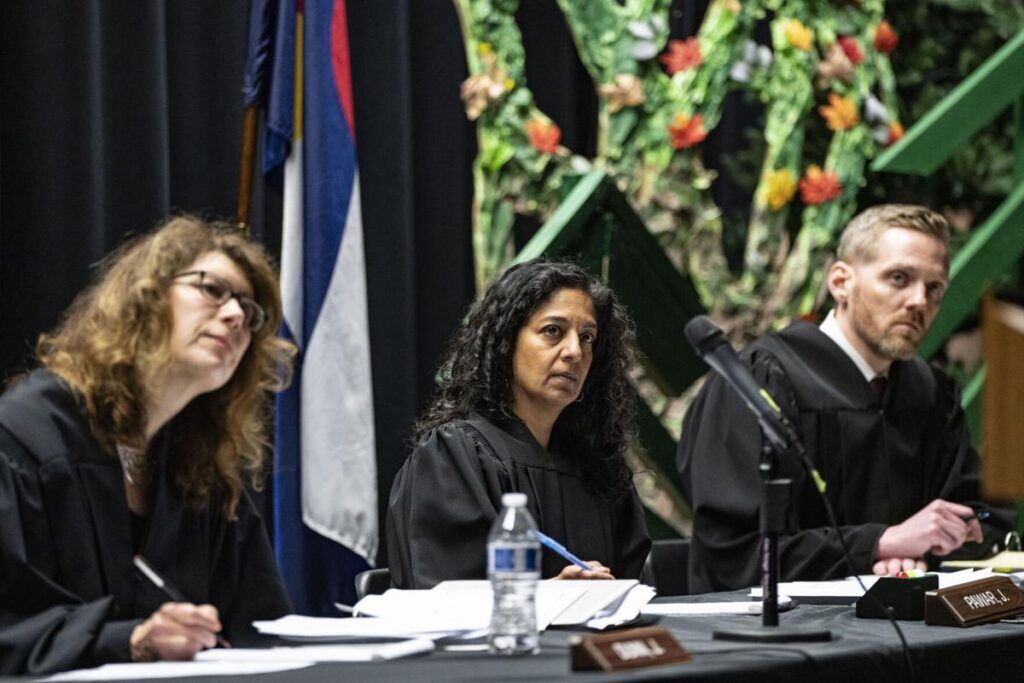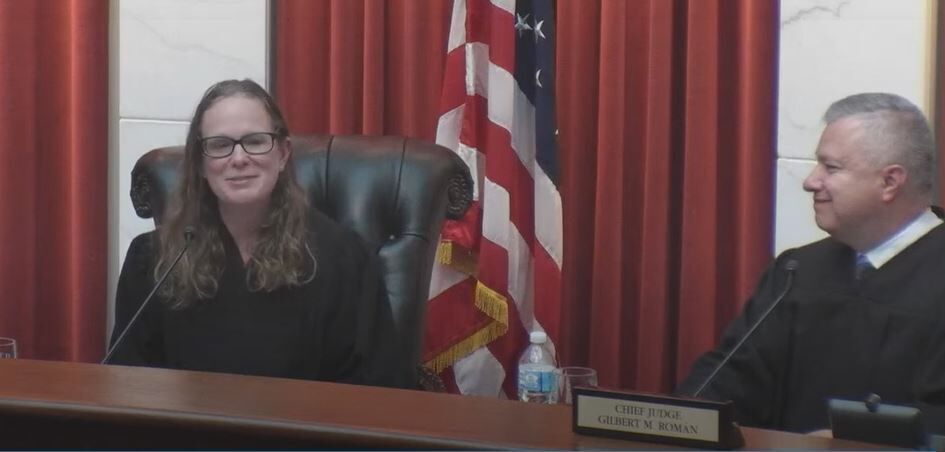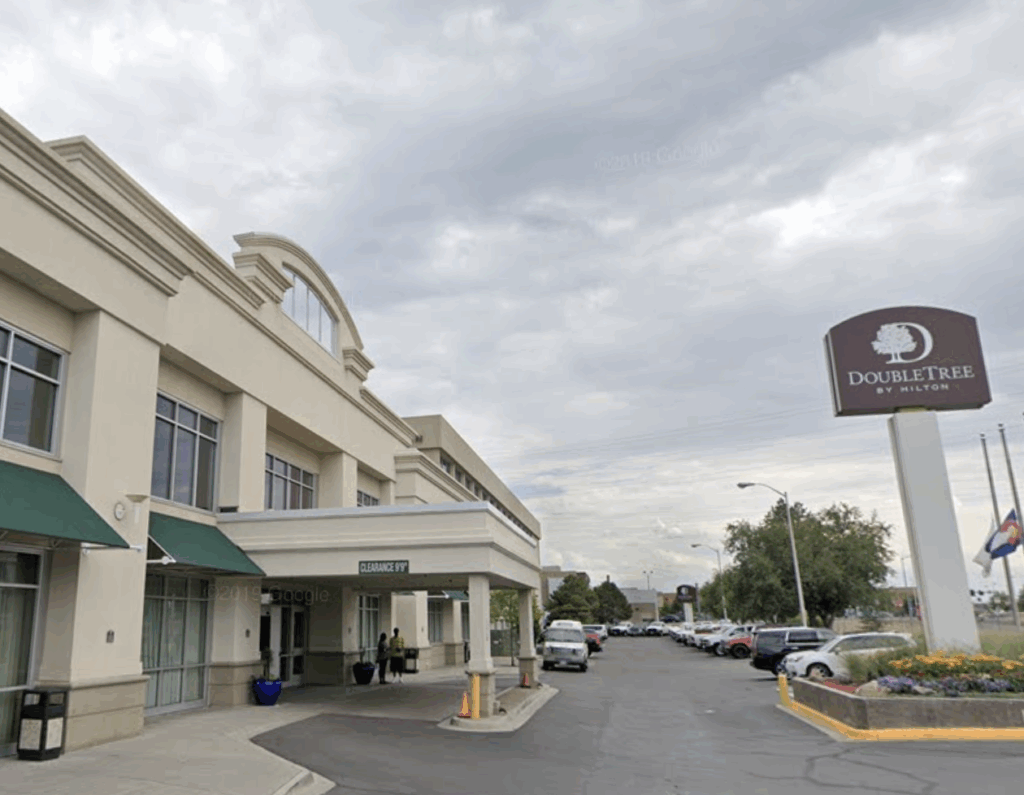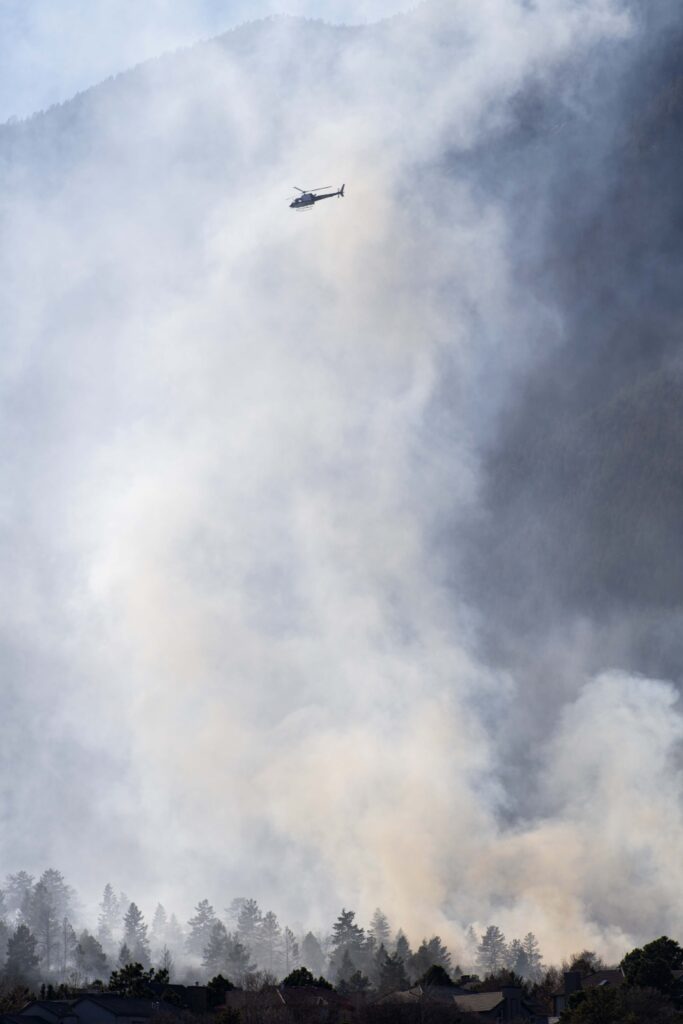RTD approves rate hike after many negative comments
There was a charade-like quality to the proposed fare increase debate at RTD headquarters this week. Board members had tipped their hands during a work session “mark-up” the previous week, indicating the votes were there for approval of the proposed plan.
Nonetheless, a chanting band of drummers in Guy Fawkes’ masks protested outside on the sidewalk while nearly 100 potential witnesses signed up to provide public testimony. Rather than move the meeting to a larger venue, security strictly enforced the 120-person fire department limit despite the fact that nearly half the room was filled with board members and RTD staff. When each speaker finished, another was allowed to enter the room as First Vice Chair Tom Tobiassen called their names.
By a ratio of about ten-to-one, the three-minute speeches denounced the proposed fare increases as unfair to the poor, the disabled and the homeless. Those who testified looked a lot like the population found on local bus routes – heavily minority, frequently disabled and likely poor, or, as one witness labeled them: “income challenged.”
The argument that the transit dependent need a low-income fare alternative reached a sympathetic audience. Board member Judy Lubow from RTD’s Lafayette-Longmont District has been meeting with a transit fare task force and reported they hoped to have a proposal for some kind of low-income consideration ready before new fares go into effect at the first of next year.
The staff argument in favor of increases is linked to the fact that fares have remained frozen for five years and now is the time to establish a simpler and more equitable foundation for calculating fares with a half dozen new FasTrack transit lines opening in 2016 and 2017.
With the exception of a few grumbles about the cost of the Air Train trip to DIA, which comes in at $9-11, there was little objection and widespread approval for the regional system of rail fares. Whether a family will use the airport connection, when Uber and Lyft can probably match the RTD cost for multiple passengers, it seems sure to cut into taxi revenues. The day pass cost of $5.20, which is the cost of two one-way or a single round-trip fare actually beats out most other systems around the country. Just as with the toll costs recently proposed for the U. S. 36 corridor, riders can get a huge discount by using electronic billing technology through RTD’s Smart Card. Whether the Xerox system will work smoothly before January remains suspect after several years of problematic testing.
Following two-and-a-half hours of public testimony, Board members offered personal statements explaining their votes. The working women’s group “9 to 5” were escorted out as they insistently sang the chorus, “How will we get from here to there?”
Claudia Folska of Aurora, who is blind and a regular bus rider, spoke first about how critical transportation is for the disabled. Overcome with emotion, she halted and asked to finish later when she explained that RTD cannot serve as a social welfare agency, “We have to pay our bills. I would like to see local governments better coordinate assistance programs for those who need them, and transportation has to be included in that,” she concluded.
Lubow indicated that the transit fare task force is attempting to coordinate with local non-profits to establish a system that could determine eligibility for a low fare pass (below 150 percent of the poverty rate), since RTD is not in the business of determining personal incomes.
Jeff Walker, who represents southwest Denver, described the importance of bus service as he grew up in a home headed by a single mom. “I used the bus to get to school, to get to work and to get to the rec center,” he recounted.
Gary Lasater of Thornton discussed the need to replace many of the current buses, which are approaching a dozen years or more in service and increasingly falling victim to breakdowns and service interruptions.
Only Paul Solano of Brighton defended a no vote with an economic theory that would please Arthur Laffer. “If we raise rates, we will attract fewer riders and collect less money. With lower rates, we would gain more riders and raise more revenue,” he theorized.
Second Vice Chair Natalie Menten from Lakewood pointed out that the fare zone map included in the Board packet was not the one that had been approved during the previous Board work session. After ten minutes of confusion, the staff conceded she was right and committed to replace the incorrect map the next morning.
Satisfied that everyone was in agreement and knew what they were considering, the staff recommendations were approved by an 11-1 majority.
– mnhwriter@msn.com


